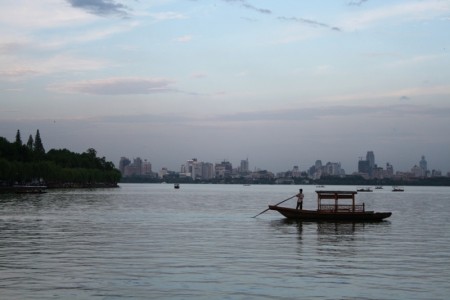
Water is a hugely challenging component of China’s historic urbanization plans, which will see 100 million people move to cities in the next six years alone. Just how bad is China’s water problem? According to a recent Thirst4Water report commissioned by the Paulson Institute, water shortage and pollution problems are compounded by inefficiency: China requires five times the amount to produce one unit of GDP than the global average. That means the costs of China’s water problems are not only human, but also economic.
Thirst4Water proposes nine solutions:
- Efficiency: As China’s cities grow, local governments should prioritize smart water use by upgrading infrastructure and constructing efficient water-recycling facilities.
- Incentives: Drawing on lessons learned from coal regulations, local governments should implement tiered water-pricing schemes to disincentivize waste.
- Full-cost pricing: By setting the price of municipal water to reflect its full cost, the government will help Chinese citizens recognize its true value.
- Green bonds: Responsible for many building retrofits in the United States, green bonds would provide badly needed financing for improvements to China’s water management system.
- Political incentives: Including water resource management as an indicator in provincial officials’ performance reviews would create useful political incentives—which work well in China’s top-down governance structure.
- New technologies: Instead of costly water diversion projects, China should focus on projects with more immediate impact, such as water purification systems, improvement of grey-water use in cities and water-smart urban planning.
- Public pressure: Public pressure can be a positive force in the information age, putting pressure on the local governments to address environmental issues.
- Social media: Social media can play a role in the implementation and monitoring of water quality standards.
- Education: Educational campaigns that teach students about water conservation, including Thirst’s We Water Experience, can help drive behavioral change among China’s future generations.


